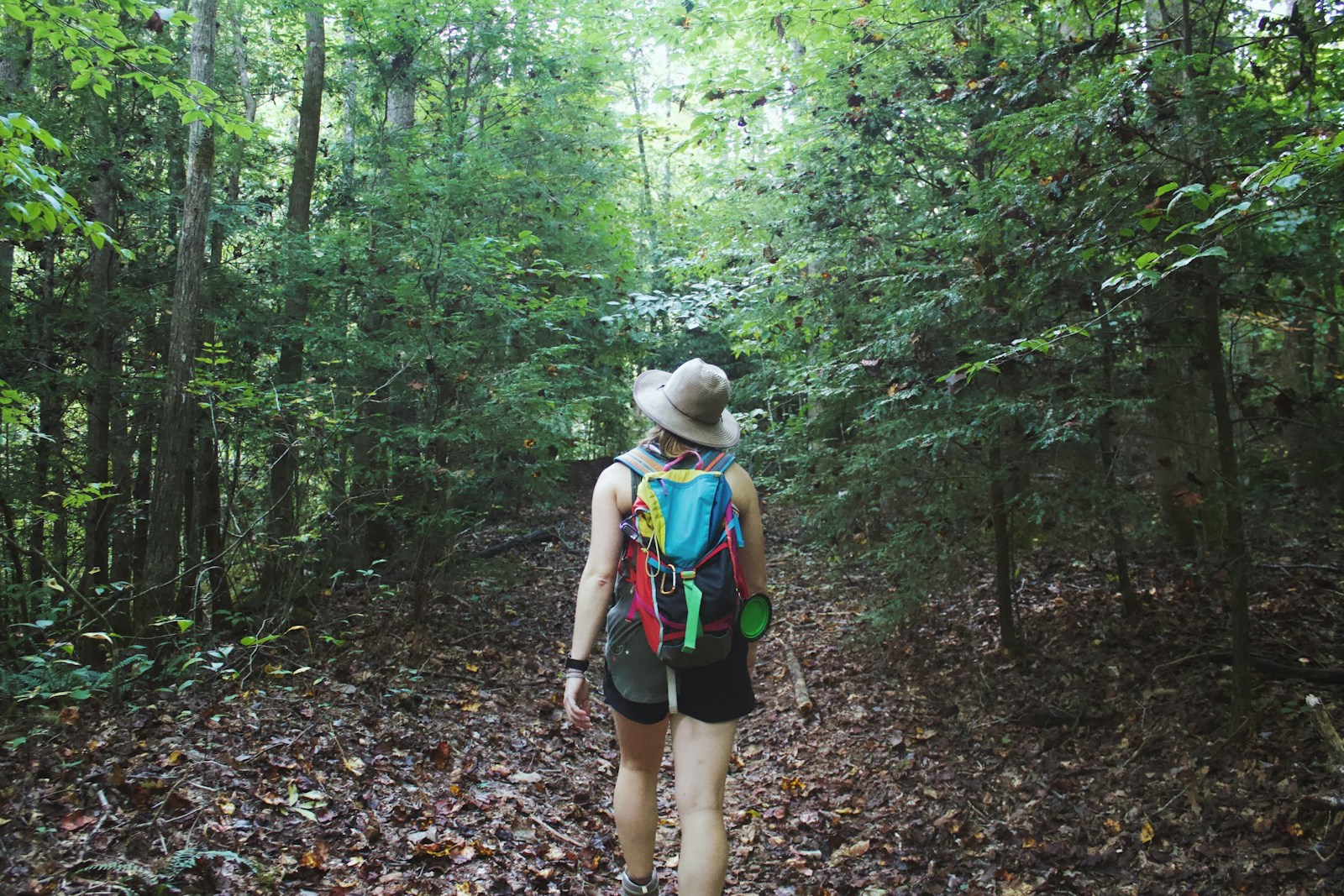In a world where popular hiking destinations are increasingly overrun with tourists, there exists a parallel universe of secluded paths that offer intimate encounters with nature’s wild residents. These hidden wildlife trails provide not only solitude and tranquility but also unique opportunities to observe animals in their natural habitats, undisturbed by the usual human traffic. From lesser-known national park routes to community-preserved wilderness areas, these paths offer authentic outdoor experiences that reconnect us with the natural world while minimizing our impact on fragile ecosystems.
For nature enthusiasts seeking genuine wilderness immersion without battling crowds, these hidden gems deliver memorable adventures that reveal the secret lives of local fauna and showcase pristine landscapes often missed by mainstream travelers.
Understanding the Appeal of Lesser-Known Wildlife Trails

The magnetism of hidden wildlife trails stems from multiple factors that collectively create a more authentic outdoor experience. Unlike popular routes where wildlife has either adapted to constant human presence or retreated entirely, secluded paths often feature animals behaving naturally, unaware of or less concerned about human observers. These trails typically receive fewer visitors, resulting in less trampled vegetation, quieter surroundings, and increased chances of unexpected wildlife encounters.
Additionally, hikers on these routes often describe a deeper sense of discovery and connection with nature that feels personal rather than manufactured or shared with hundreds of others. For photographers and nature observers especially, these trails provide opportunities to witness and document behaviors rarely seen on heavily trafficked paths.
The Great Smoky Mountains’ Quiet Side
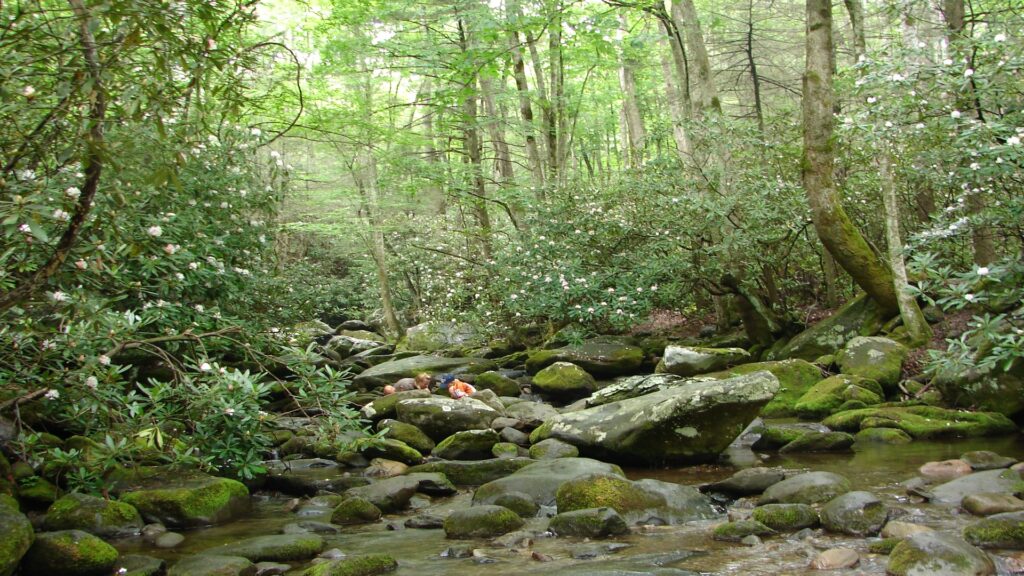
While millions flock to the eastern Tennessee section of Great Smoky Mountains National Park annually, the western North Carolina side harbors several underappreciated wildlife trails with remarkable biodiversity. The Cataloochee Valley area, accessible via a somewhat challenging gravel road that deters casual visitors, rewards intrepid hikers with one of the best elk-viewing opportunities in the eastern United States. Early morning hikes on Boogerman Trail loop through old-growth forests where wild turkeys, white-tailed deer, and even black bears roam relatively undisturbed by human activity.
The nearby Little Cataloochee Trail extends through historic settlements while offering glimpses of the park’s successful elk reintroduction program, with dawn and dusk providing optimal viewing times for these majestic creatures. Unlike the park’s popular Cades Cove area, these trails often allow visitors to enjoy prolonged wildlife observation without competing with crowds for viewing spots.
Northern California’s Lost Coast Trail
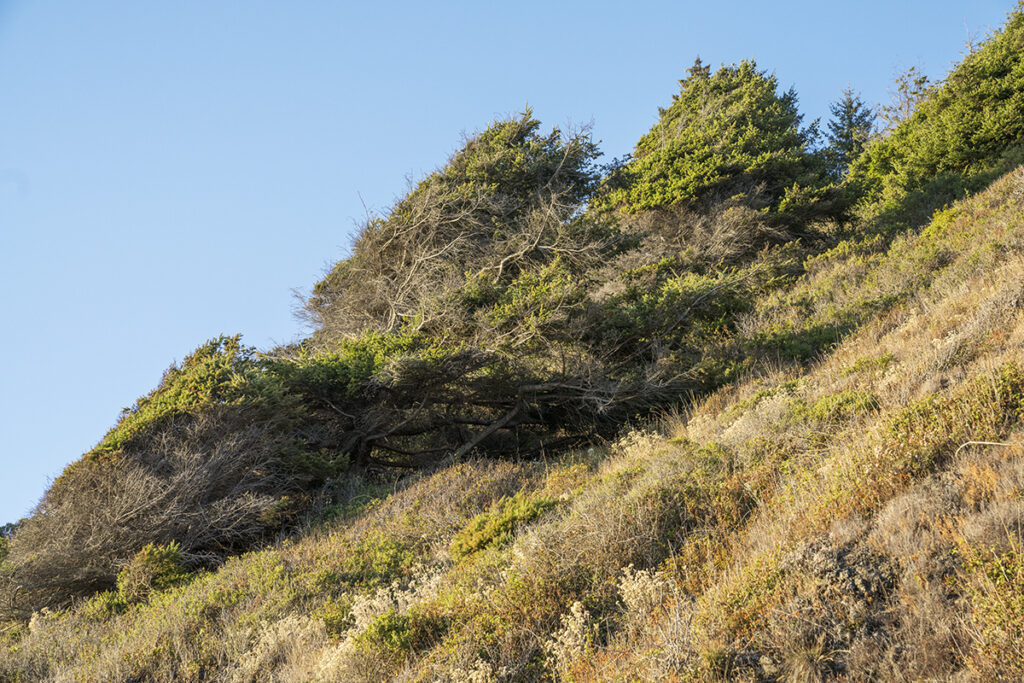
The aptly named Lost Coast Trail stretches along a rugged section of California coastline so formidable that highway builders opted to route around it entirely, leaving behind an unspoiled wilderness where wildlife thrives. This challenging 25-mile trail traverses the King Range Conservation Area, where the mountains literally meet the sea, creating diverse habitats that support an impressive array of marine and terrestrial species. Hikers regularly encounter harbor seals lounging on rocky outcrops, sea lions playing in the surf, and tide pools teeming with colorful invertebrates and small fish.
The inland portions of the trail provide opportunities to spot Roosevelt elk, black-tailed deer, and numerous raptor species soaring overhead. While requiring careful planning around tide tables and weather conditions, this trail’s relative inaccessibility ensures that wildlife encounters remain pristine and crowds remain virtually nonexistent even during peak seasons.
Florida’s Hidden Everglades Routes
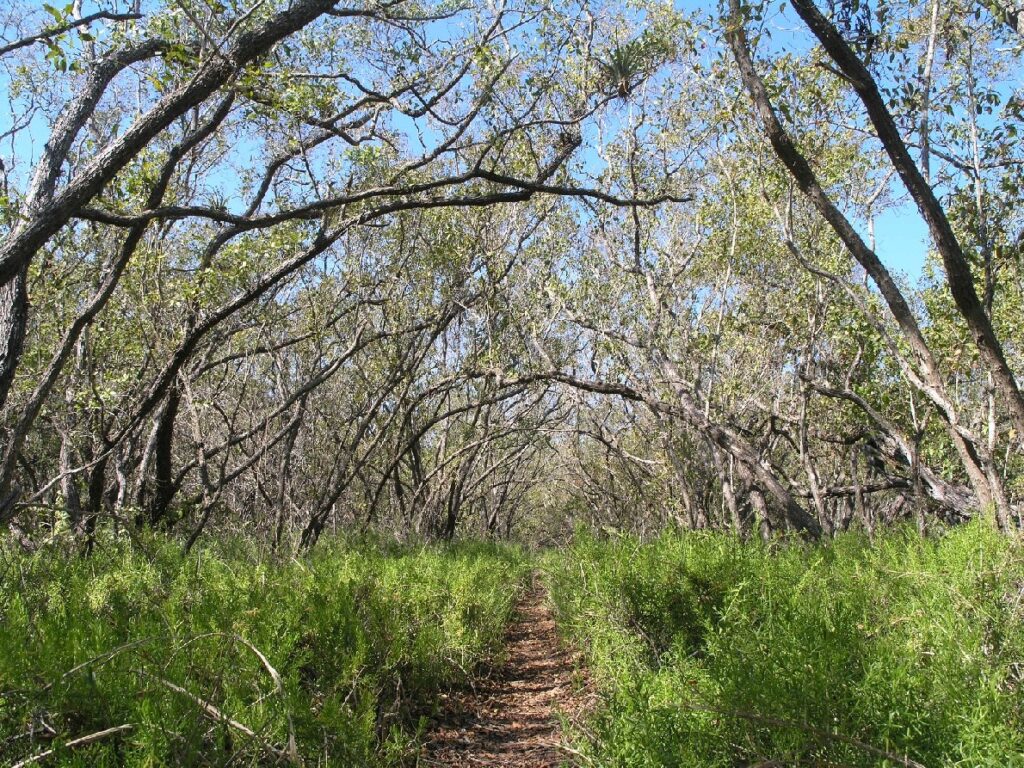
Beyond the heavily visited boardwalks and airboat routes of Everglades National Park lie several lesser-known trails that offer intimate wildlife viewing in America’s most famous wetland ecosystem. The remote Coastal Prairie Trail near Flamingo provides hikers with opportunities to spot American crocodiles, a species distinct from the more common alligators found throughout the park. The Snake Bight Trail, despite its intimidating name, rewards morning hikers with spectacular bird watching, including roseate spoonbills, white pelicans, and numerous wading birds feeding in the shallow waters without the disturbance of motorized tour groups.
For those willing to navigate carefully, the park’s less-visited western sections accessible from Everglades City feature several canoe trails where paddlers can silently observe river otters, manatees, and occasionally even the endangered Florida panther without competing with the crowds common at visitor centers. These hidden routes provide a glimpse of the Everglades that more closely resembles the wilderness encountered by early explorers than the managed experience of popular tourist areas.
Wyoming’s Medicine Bow National Forest Gems
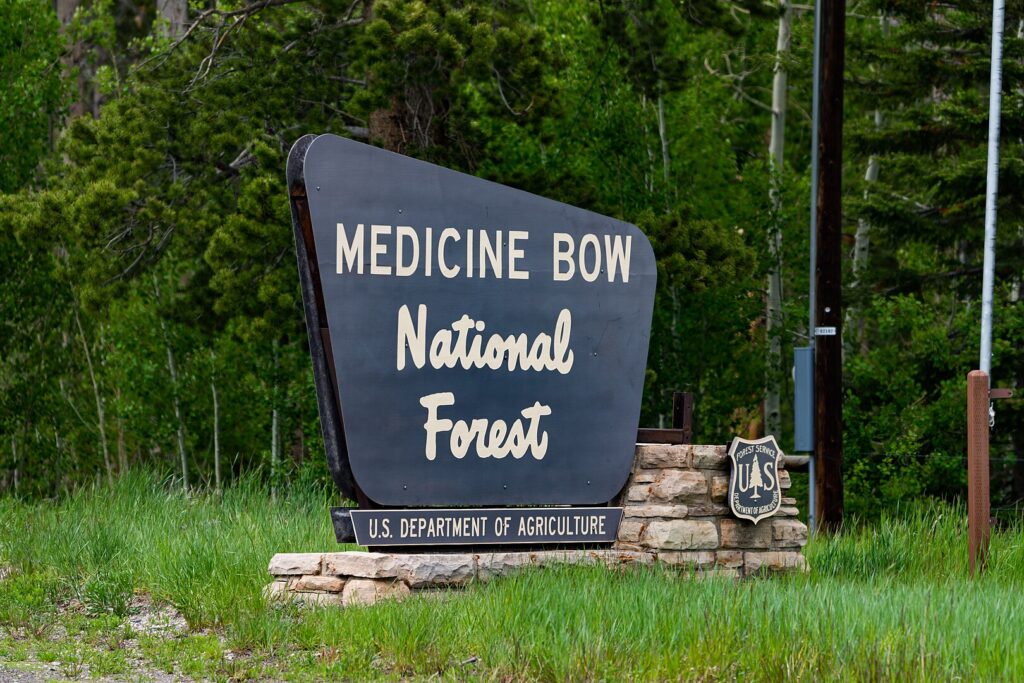
While nearby Yellowstone and Grand Teton National Parks draw massive crowds, Medicine Bow National Forest in southeastern Wyoming harbors spectacular wildlife viewing opportunities with fraction of the visitors. The Sheep Lake Trail winds through subalpine meadows where moose frequently graze during early mornings and evenings, often allowing hikers to observe these massive mammals from safe distances without interference from other visitors. The remote Corner Mountain Trail traverses multiple ecosystems, providing opportunities to spot mule deer, elk, and occasionally black bears feeding on seasonal berries in late summer and early fall.
Birdwatchers find particular value in the Lewis Lake Trail, where northern goshawks, Clark’s nutcrackers, and even the elusive three-toed woodpecker can be observed in their natural habitats without the distraction of crowded viewpoints or noisy tour groups. The forest’s relatively unknown status among international tourists ensures that even during peak summer months, wildlife encounters feel intimate and undisturbed.
Maine’s Bold Coast Trail

The Bold Coast Trail in Cutler, Maine offers some of the most dramatic coastline hiking in the eastern United States while hosting diverse wildlife largely unaccustomed to human presence. This 10-mile trail system traverses boreal forest and open headlands where bald eagles and peregrine falcons regularly patrol the skies, searching for prey in the rich waters of the Gulf of Maine below. Lucky hikers might spot harbor porpoises, minke whales, or even the occasional humpback whale breaching offshore during summer months, particularly when hiking the Coastal Trail section early in the morning.
Inland portions of the trail network provide excellent opportunities to observe snowshoe hares, red foxes, and numerous boreal bird species rarely seen in more southern regions. Despite its breathtaking beauty and remarkable wildlife, the trail’s remote location in “Downeast” Maine—nearly five hours from Portland—ensures that visitor numbers remain low even during peak leaf-peeping season in autumn.
Arizona’s Secret Sky Island Wildlife Corridors
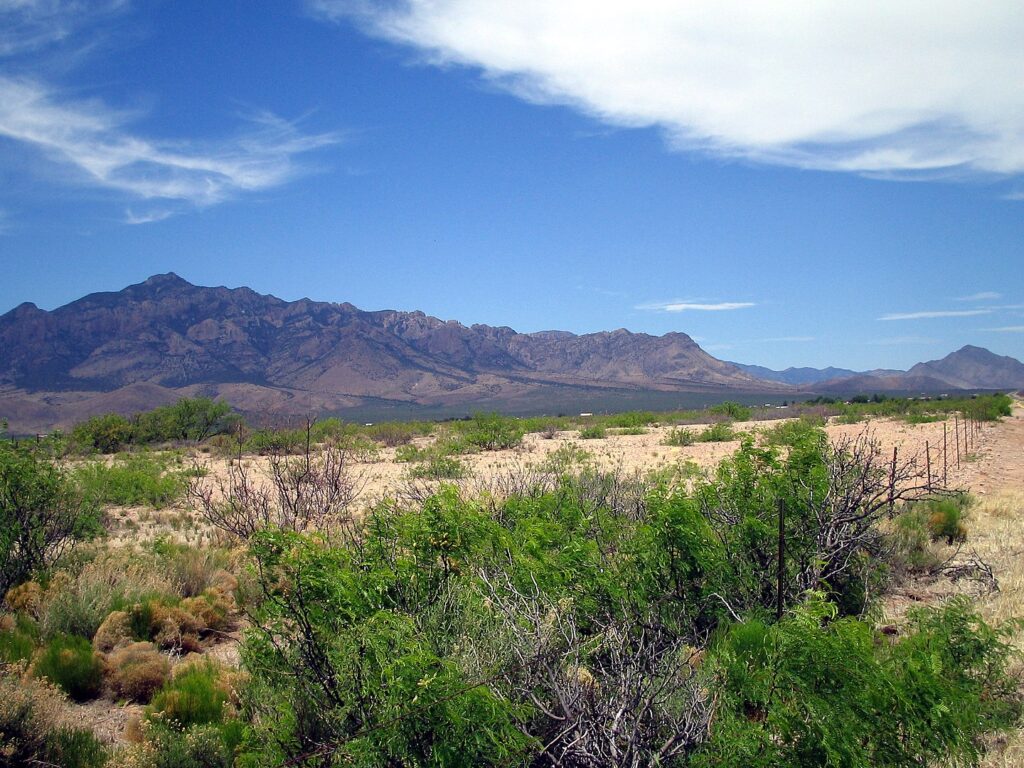
While millions visit the Grand Canyon annually, southern Arizona’s “sky islands”—isolated mountain ranges rising from desert floors—harbor exceptional biodiversity with minimal human interference. The Chiricahua Mountains’ lesser-known trails, such as the South Fork and Greenhouse Trails, provide opportunities to spot species found nowhere else in the United States, including the elegant trogon and coatimundi. The nearby Huachuca Mountains feature the secluded Ida Canyon Trail, where dedicated wildlife watchers can observe over 15 species of hummingbirds, along with rare mammals like the ringtail cat and spotted skunk.
These sky island ecosystems function as biological crossroads where species from Mexico’s Sierra Madre mountains meet their North American counterparts, creating unique wildlife assemblages observed by remarkably few hikers compared to Arizona’s more famous destinations. For birders especially, these hidden trails represent some of North America’s most productive yet uncrowded wildlife viewing opportunities, particularly during spring migration periods.
New Mexico’s Valle Vidal

Often called “New Mexico’s Yellowstone” by locals but virtually unknown to outsiders, the Valle Vidal unit of Carson National Forest offers extraordinary wildlife viewing with minimal infrastructure and visitation. The Ring Place Trail follows the valley floor through expansive meadows where one of New Mexico’s largest elk herds grazes, particularly during early morning and evening hours when hundreds of animals may be visible simultaneously.
The Little Costilla Peak Trail climbs through multiple ecological zones where black bears, mule deer, and golden eagles thrive in habitats ranging from montane grasslands to subalpine forests. This 100,000-acre special management area maintains strict limits on development and motorized recreation, resulting in wildlife that exhibits natural behaviors rarely seen in more heavily visited public lands. Despite offering some of the best wildlife viewing in the Southwest, the Valle Vidal’s remote location and limited amenities ensure that hikers often have these remarkable landscapes and their wild inhabitants entirely to themselves.
Michigan’s Pigeon River Country State Forest

Known as the “Big Wild,” Michigan’s Pigeon River Country State Forest contains over 100,000 acres of relatively untouched wilderness harboring the largest free-ranging elk herd east of the Mississippi River. The Shingle Mill Pathway offers sections ranging from easy to challenging, with the more remote northern portions providing excellent opportunities to observe elk, particularly during their fall rutting season when bulls can be heard bugling across the valleys.
The High Country Pathway, a challenging 80-mile loop through the forest’s core, traverses diverse habitats where black bears, bobcats, and river otters maintain healthy populations relatively undisturbed by human activity. Unlike Michigan’s popular state parks that draw summer crowds, this forest complex remains largely unknown to out-of-state visitors, ensuring that its excellent network of hiking trails rarely experiences overcrowding even during peak wildlife viewing seasons. Morning hikers on the Green Timbers section often report having extended wildlife observations without encountering another human for hours at a time.
Texas Hill Country’s Hidden Canyons
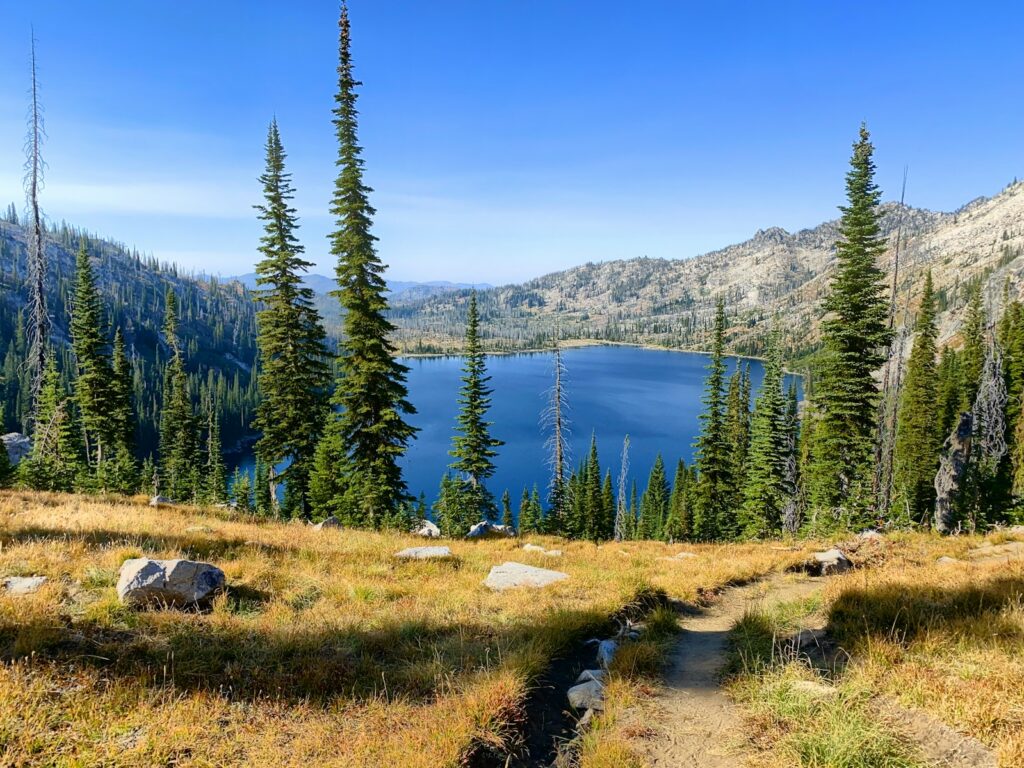
While Texas state parks often experience heavy visitation, several lesser-known wildlife management areas and nature preserves in the Hill Country offer exceptional hiking without the crowds. The Bandera Canyonlands Trail in the Love Creek Preserve winds through juniper and oak woodlands where the endangered golden-cheeked warbler nests exclusively each spring, alongside diverse mammals including ringtails, gray foxes, and the abundant white-tailed deer.
The more challenging Purgatory Creek Natural Area trails near San Marcos feature limestone canyons where rare bird species like the black-capped vireo can be observed during migration seasons along with armadillos, roadrunners, and occasionally wild pigs crossing the trail. These protected areas implement specific management practices to benefit wildlife while keeping visitor infrastructure minimal, resulting in more authentic experiences than those found in developed parks. By requiring modest entry fees or advance permits, these areas effectively limit daily visitation while funding conservation efforts that benefit the very wildlife hikers come to observe.
Idaho’s Selway-Bitterroot Wilderness
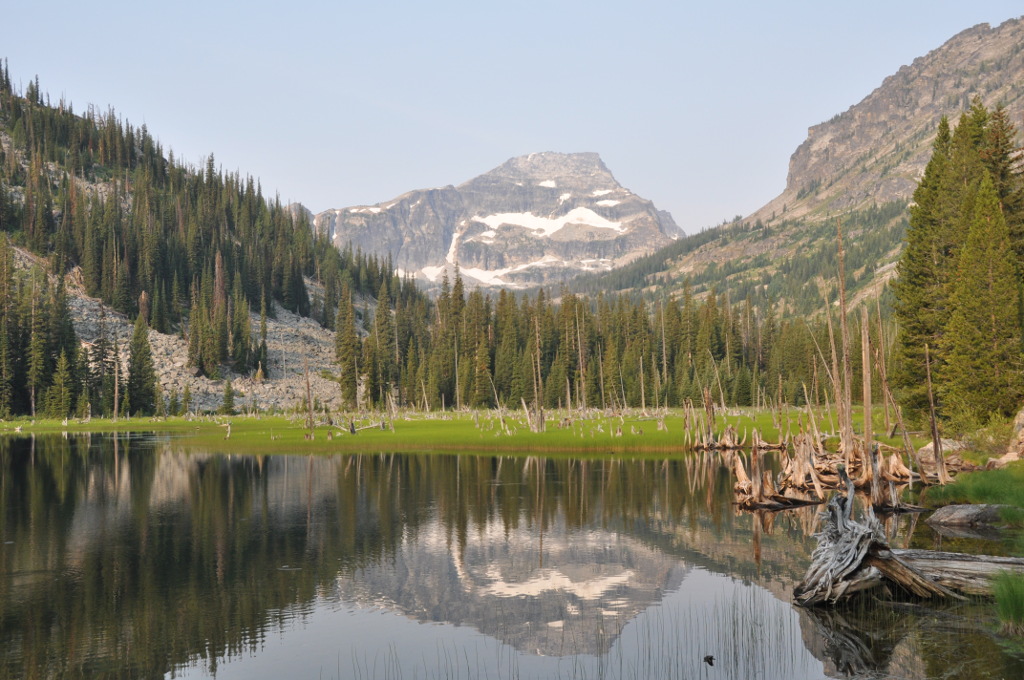
Overshadowed by its neighbor, the Frank Church-River of No Return Wilderness, the Selway-Bitterroot Wilderness contains over 1.3 million acres of pristine habitat where wildlife encounters remain authentic and uncrowded. The Warm Springs Creek Trail provides access to remote valleys where elk, moose, mountain goats, and occasionally gray wolves roam largely undisturbed by human presence. The higher-elevation Bear Creek Trail offers opportunities to observe rarely seen forest carnivores including wolverines and lynx, particularly during winter months when their tracks become visible in the snow.
Unlike Idaho’s popular tourist areas, this wilderness receives fewer than 10,000 annual visitors spread across its vast acreage, creating a true wilderness experience where wildlife behaves naturally rather than adapting to constant human presence.
For those willing to hike moderately difficult trails, multi-day excursions into this wilderness often result in wildlife sightings that have become increasingly rare elsewhere in the American West.
Responsible Wildlife Viewing Practices
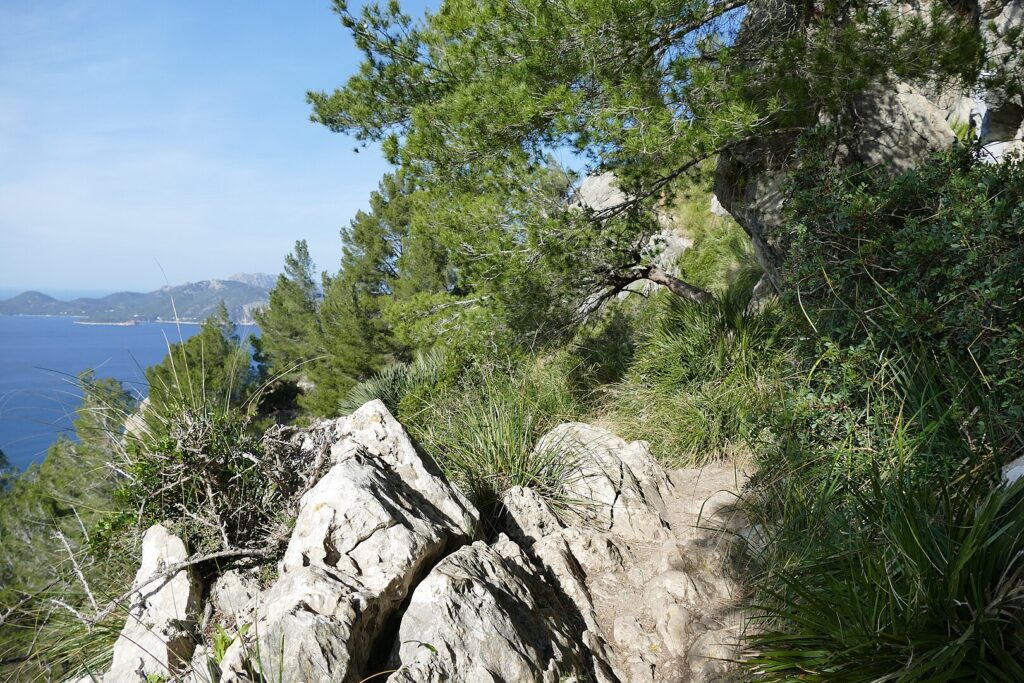
The very qualities that make hidden trails special—limited visitation and minimally disturbed wildlife—create a responsibility for hikers to maintain these characteristics through ethical viewing practices. Maintaining appropriate distances from all wildlife (generally at least 100 yards from predators and 25 yards from other large mammals) prevents stress responses that can impact animal health and natural behaviors. Hiking quietly, particularly during early morning and evening prime viewing hours, increases observation opportunities while minimizing disturbance to animals during their most active periods.
Proper food storage, even on day hikes, prevents wildlife from associating humans with food sources, a connection that often leads to negative outcomes for habituated animals. Resisting the urge to share specific locations of sensitive wildlife sightings on social media helps prevent sudden visitation surges that can disrupt animal behaviors and habitat use patterns, preserving these hidden gems for future responsible wildlife enthusiasts.
Preparing for Remote Wildlife Trails
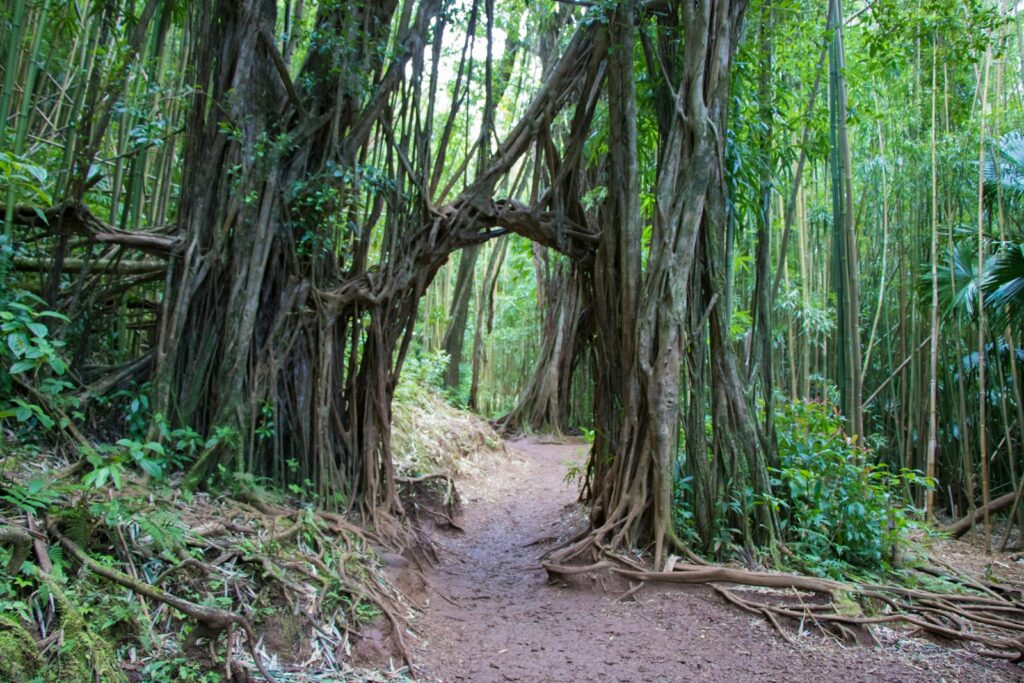
Hidden trails require more thorough preparation than their popular counterparts, starting with comprehensive research about seasonal wildlife patterns, necessary permits, and potential hazards. Carrying appropriate wildlife viewing equipment, including binoculars with at least 8x magnification and field guides specific to regional fauna, enhances the experience while allowing observation from respectful distances. Weather preparedness becomes particularly crucial on remote trails where rapidly changing conditions might not be reported through standard forecasting and shelter options are limited or nonexistent. Communication preparation, including downloading offline maps and understanding cell service limitations, ensures safety without diminishing the wilderness experience that makes these trails special.
For truly remote destinations, informing others of hiking plans and expected return times provides an essential safety net without compromising the solitude that makes hidden wildlife trails so appealing to nature enthusiasts seeking authentic experiences.
Conclusion: Discover Hidden Wildlife Trails for Unique Encounters
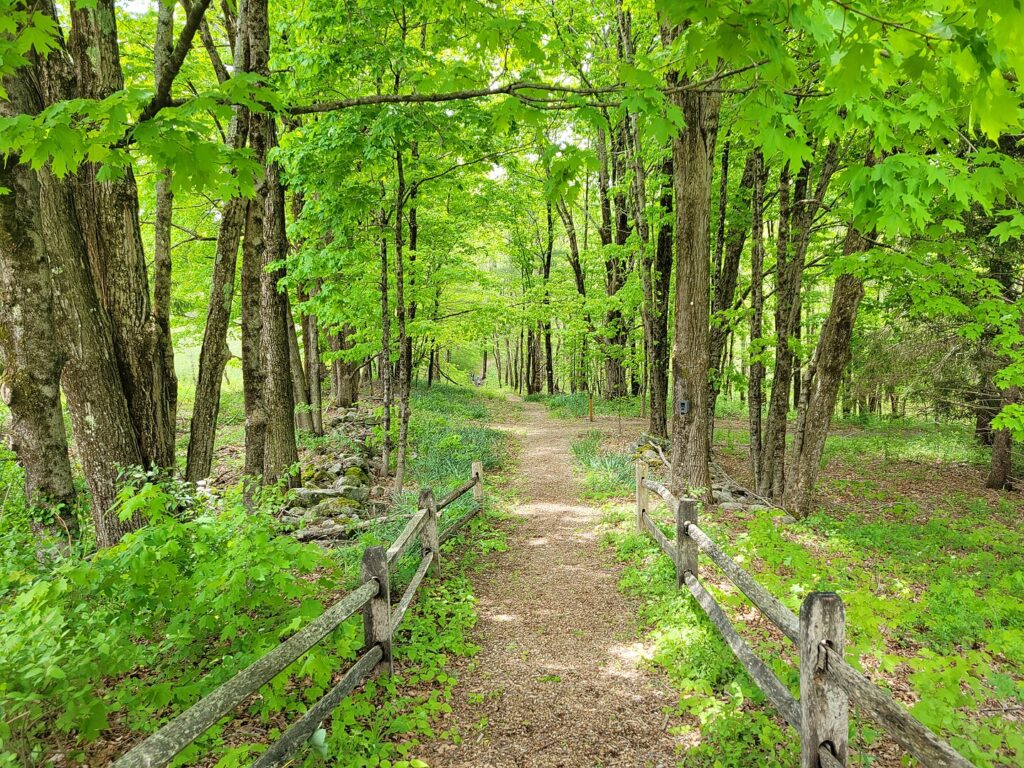
The allure of hidden wildlife trails lies not just in escaping crowds but in experiencing nature as it exists when minimally influenced by human presence. These paths offer windows into ecological systems functioning as they have for centuries, where animal behavior reflects natural patterns rather than adaptations to constant human disturbance. For hikers willing to research thoroughly, prepare appropriately, and practice responsible wildlife viewing, these secluded routes deliver experiences increasingly rare in our connected world—genuine encounters with wild creatures going about their lives as they have for generations.
In preserving the secrecy of these special places through responsible visitation and selective sharing, wildlife enthusiasts ensure that future hikers can continue discovering the joy of turning a quiet corner to find themselves alone in the company of wild beings, an experience that becomes more precious as our wild places face increasing pressure from visitation and development.

